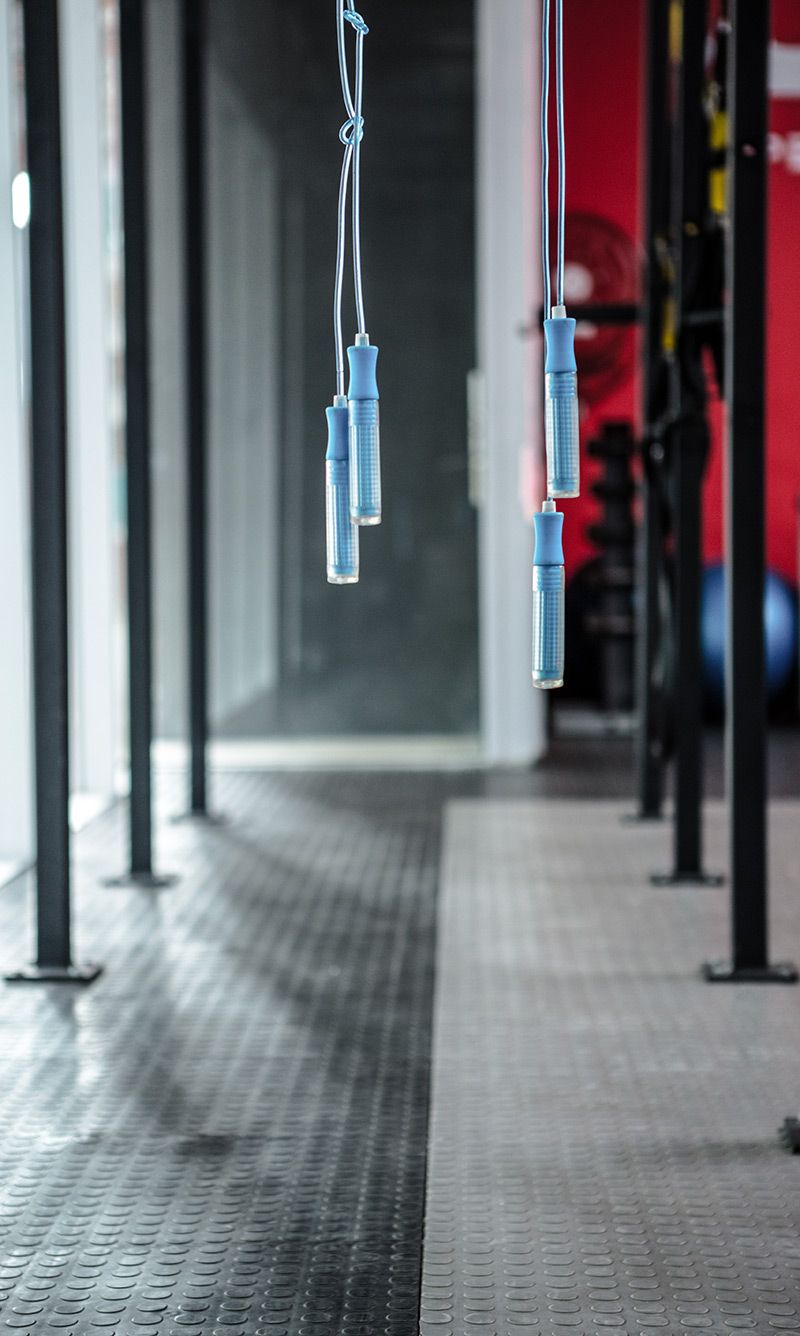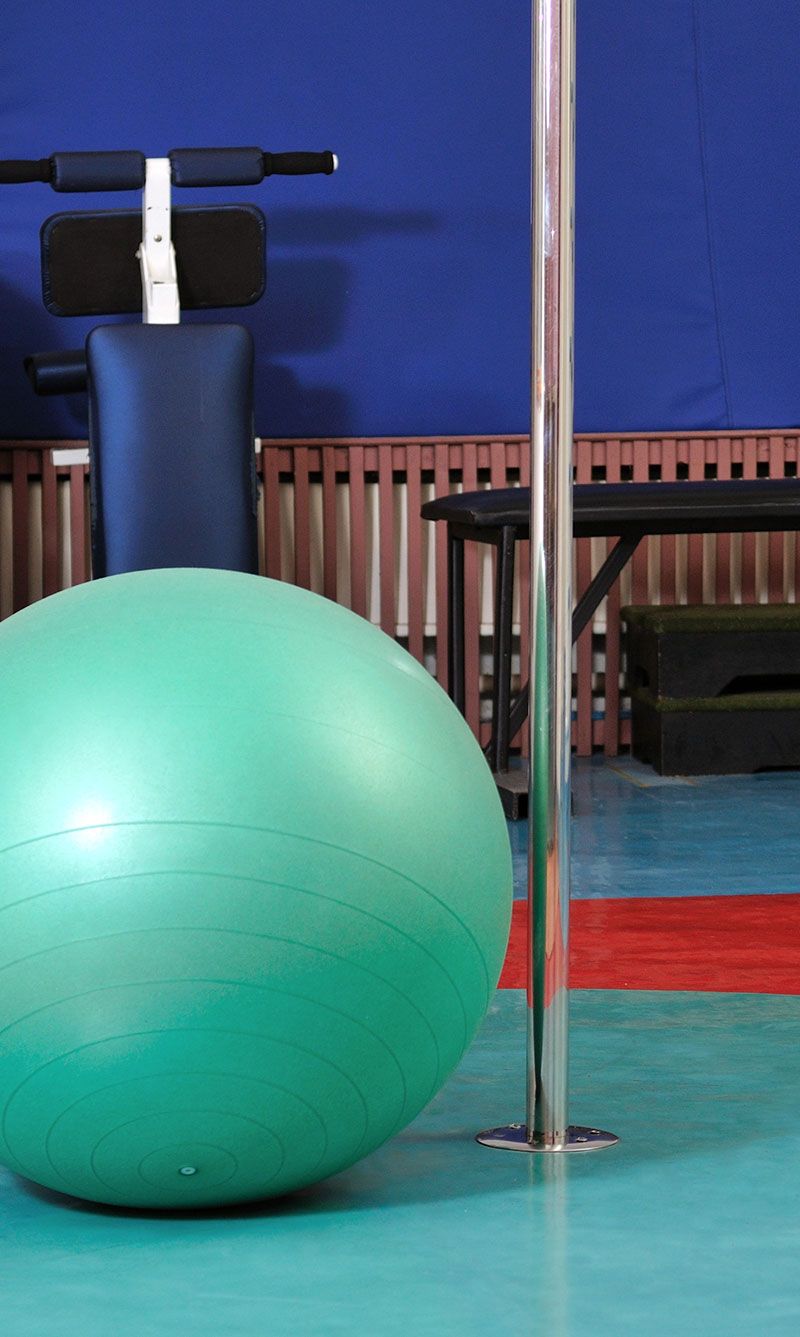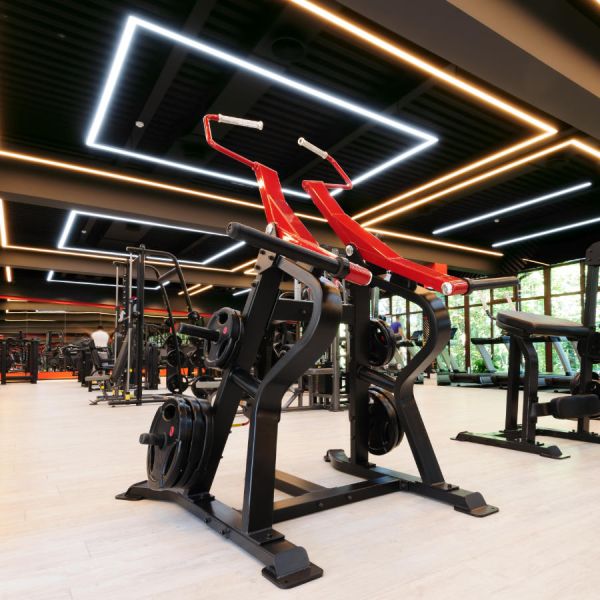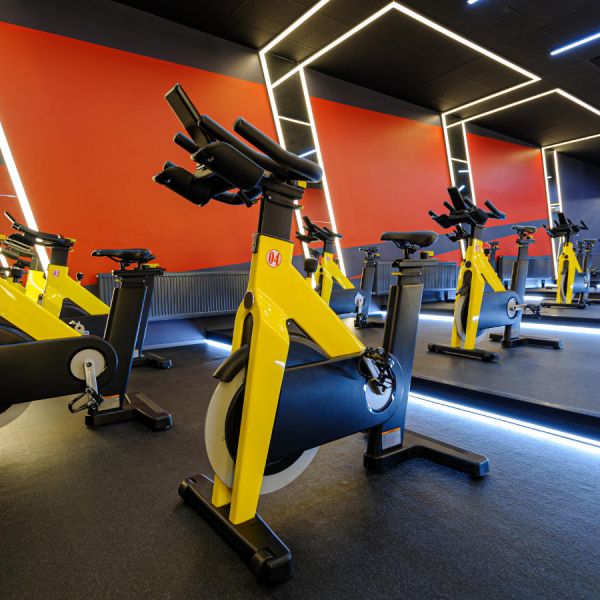Gym Design Ideas And Tips
Starting the journey of gym design combines creativity with planning to create spaces that inspire health, wellness, and peak performance. Whether it’s a vibrant fitness center full of energy or a calming yoga studio, the design of your gym plays an important role in shaping the user experience. This guide will walk you through essential tips and ideas, from building designs to selecting the perfect gym designer, to bring your vision of an exceptional fitness facility to life.
To start, there’s some things to note. Levelling up your gym design journey requires a deep understanding of your target demographic and their fitness preferences. This shapes everything from the selection of equipment and the layout of workout zones to the choice of colour schemes and materials that promote motivation and focus. Consider including technology, such as virtual fitness classes or app-integrated equipment. This will cater to the modern gym-goer’s expectations for a connected and personalised workout experience.
Sustainability can also play an important role in gym design, with eco-friendly materials and energy-efficient systems not only reducing operational costs but also appealing to environmentally conscious members. Engaging with a gym designer who shares your vision and has a track record of successful projects is important here.
Together, you can build a space that meets the practical requirements of a fitness facility while creating an environment where members feel welcomed, inspired, and empowered to achieve their health and wellness goals. This guide aims to give you the knowledge and inspiration needed to embark on this journey, making sure your gym stands out for health, wellness, and community engagement.
Gym building designs
Gym building design is the foundation of creating an inviting and functional fitness space. It includes a wide range of considerations, from the architectural layout to the interior aesthetics. These are all aimed at creating workout spaces that motivate and engage. Successful gym designs balance ample space for a wide variety of equipment and activities with creating a comfortable environment that encourages members to spend time and engage in their workouts.
The aspect of gym design extends beyond the visual appeal. It also includes using features like rubber flooring for high-impact activities, sufficient lighting for safety and ambiance, and air conditioning systems for comfort. Each element should contribute to a dynamic space that supports a wide range of workouts, from intense cardio sessions to strength training and flexibility exercises.
Using digital displays, ergonomic equipment placement, and zones for different training types can improve the overall gym experience. These features aid in workout efficiency and create a functional layout that maximises the use of space. Careful consideration of the flow between different areas within the gym, such as squat racks, cardio machines, and class studios, means a seamless experience for users.
Also, the inclusion of communal areas such as an outdoor space can level up the gym environment, and make the most of every square foot. These spaces allow for social interaction and downtime, key components of a dream gym. By thoughtfully designing every aspect of the gym, from the practicality of the workout areas to the comfort of the communal spaces and specialised equipment, you create a floor space that supports both the physical and mental health of its users. This approach to gym building design levels up the functionality of efficient space use in fitness studios but also elevates the overall member experience. This makes it a stand out amongst fitness centres where happy customers feel motivated, supported, and connected.
How to design a gym interior
Designing a gym interior requires a thoughtful approach to creating spaces that are aesthetically pleasing and also functional and safe. This isn’t as simple as designing for an office space. There is a level of adaptability in gym layouts. To achieve this adaptability in layouts, the interior design should reflect the gym’s brand and the community atmosphere it aims to build, using colour schemes and design elements that communicate energy, motivation, and tranquillity, depending on the area’s purpose.
Key considerations include the selection of gym equipment, which should offer a variety of equipment to cater to different fitness goals and preferences. Equipment choice and placement are important aspects of gym design, requiring considerations to ensure user comfort and safety. Space planning around equipment needs to allow for adequate space for movement, access to emergency exits, and the inclusion of specialised areas for personal training sessions or group classes.
The use of materials and finishes also plays an important role in defining a gym’s character. Durable, easy-to-clean surfaces are key for maintaining hygiene, while visual elements like engaging wall murals or motivational quotes can level up the workout environment. Lighting is another factor. A combination of natural light and well-placed artificial lighting can create an engaging environment that boosts energy and focus.
Including elements in the entire facility that cater to all members, including individuals with disabilities, makes sure it is inclusive. Features such as wide aisles, accessible equipment, and clear signage can make a difference in providing a positive experience for everyone, including people with disabilities. Also, when it comes to commercial gym design, creating zones within the gym, such as areas for strength training, cardio, and relaxation, helps organise the space efficiently and encourages members to explore different aspects of fitness.
How to plan a gym layout
Planning a gym layout is a process that involves more than just arranging equipment. It’s about creating a functional gym layout that improves the customer experience, promotes safety, and gets the most out of the space for a variety of activities. A well-planned layout takes into account the flow of traffic, the diversity of workouts offered, and the adaptability of spaces to meet the evolving needs of members. There are many different types of gyms that will need to consider different design elements for their primary purposes.
Begin with drafting gym floor plans that outline specific zones for different types of workouts, such as cardio, strength training, personal training areas, and class studios. This zoning strategy organises the space logically and minimises crowding to ensure that members have sufficient space for their workouts.
Ergonomics in equipment placement is important to prevent injuries and for effective workouts. Equipment should be spaced to allow for natural movement patterns and easy access. Consider the placement of heavy machinery and free weights in relation to the gym’s flow, making sure there’s adequate space for members to move around without obstruction.
Including design spaces that support a range of equipment and activity types is also important. From squat racks and cable machines for strength training to treadmills and bikes for cardio, each piece of equipment should be placed to enhance the workout experience. Also, creating areas for stretching, yoga, or other low-impact activities can add value to the gym, offering members a comprehensive fitness solution.
Designing for flexibility and future growth is also something to consider. As fitness trends evolve and a gym’s membership grows, the layout should be adaptable to accommodate new equipment, training methods, or an expansion of services. This forward-thinking approach makes sure the gym remains relevant and appealing to its members over time.
Steps for planning a gym design
Planning a gym design is a process that requires careful planning and consideration of several factors. Here are steps to guide you through designing an engaging and functional gym:
Define Your Vision: Start by defining the concept and goals of your gym. Whether it’s a community-focused fitness centre, an elite training facility, or a specialised studio, having a clear vision will guide your gym design decisions.
Understand Your Audience: Knowing the needs of your target demographic is important in gym design. This understanding influences everything from the types of equipment you select to the layout and overall feel of the gym.
Select the Right Equipment: Choose a variety of equipment that caters to different fitness levels and styles. Consider the quality of equipment, making sure it meets the demands of your members while also fitting into the designed spaces.
Plan Your Layout Carefully: Use gym floor plans to map out the space, considering the flow of traffic, the functionality of workout areas, and the overall user experience. Make sure there is ample space for each area and that the layout promotes a safe and efficient workout environment.
Incorporate Design Elements: Select materials, colours, and textures that align with your gym’s brand and create the desired atmosphere. Consider the impact of lighting, both natural and artificial, on the space’s mood and functionality.
Focus on Safety and Accessibility: Design with all members in mind, including those with disabilities. Make sure that the gym is accessible, with clear paths, safety features, and equipment that accommodates a broad range of users.
Seek Professional Guidance: Engaging a gym designer can provide valuable insights into the latest trends, solutions for challenging spaces, and advice on creating a dynamic and adaptable gym layout.
By following these steps, you can create a gym design that not only looks great but also provides a great fitness experience for your members.
Why should you choose a gym designer?
Choosing a professional gym designer is a decision that can impact the success of your fitness facility. A gym designer brings specialised knowledge and expertise in creating spaces that are not only aesthetically pleasing but also highly functional and safe for users. Here are key reasons to consider hiring a gym designer:
Expertise in Fitness Trends: Gym designers are knowledgeable in the latest fitness trends and can incorporate innovative ideas and equipment into your gym, meaning it remains competitive and appealing to members.
Maximise Space Utilisation: With an understanding of space planning and design principles, a gym designer can make the most of available space, creating a functional layout that accommodates a wide range of activities and equipment.
Enhance User Experience: Designers focus on creating an inviting atmosphere that motivates members to achieve their fitness goals. They consider all aspects of gym design, from lighting and colour schemes to equipment placement and flooring, to improve the overall experience.
Safety and Compliance: A professional designer will ensure that your gym meets all safety standards and regulations, designing a space that is accessible and safe for all members, including those with disabilities.
Customised Solutions: Gym designers offer personalised design solutions that reflect your brand identity and meet the specific needs of your target audience. They can help bring your vision to life, creating a unique and engaging environment for your members.
Cost-Effective Design: By avoiding common design mistakes and selecting the right materials and equipment from the start, a gym designer can save you money in the long run, ensuring your investment is spent wisely.
Professional Project Management: From conceptualization to completion, a gym designer can manage the entire project, coordinating with contractors and suppliers to ensure the design is executed and on time.
Investing in a gym designer is investing in the success of your fitness facility. Their expertise can transform your space into a dynamic, functional, and inviting environment that meets the needs of your members and sets your gym apart from the competition.
Summary
Designing a gym is a challenge that requires a thoughtful approach to both the physical space and the needs of its users. From the initial concept to the selection of equipment and the planning of the layout, every detail contributes to the creation of an engaging, safe, and functional environment. Whether you’re imagining a vibrant fitness centre, a specialised studio, or an elite training facility, including professional gym design principles can level up the outcome. A gym designer offers insights and skills, meaning that your fitness space goes beyond the expectations of your members.
By focusing on the user experience, safety, and adaptability, and by choosing a gym designer to bring your ideas to life, you can create a gym that stands out.
Transform your gym into a dynamic, inspiring environment providing a community for people. Our design team is ready to craft a space that not only looks incredible but also maximises functionality for users of all levels. Whether you’re updating an existing facility or starting fresh, let’s create a gym that motivates and excites. Contact us to discuss your gym design project today!






